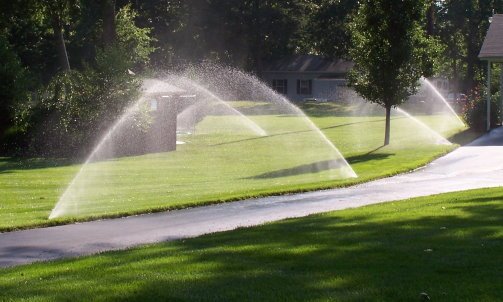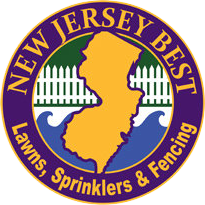
Benefits Of Sprinklers In Your Yard
: 5 Minutes to Read
Irrigation systems offer many benefits for homeowners. These benefits include saving water, saving time, creating efficient watering and more. Garden watering or irrigation systems are becoming more popular every year, and there is no question as to why. Irrigation systems are an environmentally friendly way to grow food, flowers and other plants without taking too much time and money to do so.
If you are just planning and a garden installation, adding a garden irrigation system to the mix should be a big part of your plan, and every great gardening project begins with effective planning.
Because most plants don’t receive all their required water from nature alone, installing an automatic watering system will help you to regularly provide water to your plants, preserve your landscape’s health and utilize rainwater even when it hasn’t rained in weeks.
Not only do automatic irrigation systems allow you to use your spare time doing other things you love instead of gardening, but they will also be able to keep your gardens hydrated when you are away on vacation. Automatic irrigation systems use around 80% less water than standard methods of watering (like using a hose) and add excellent value to your home if you are looking to sell.
Set Up an Irrigation Plan
No landscape design should be made without a solid irrigation plan. One of the biggest mistakes people make when creating beautiful gardens and lawns is not creating a plan on how to maintain them. Watering takes time and planning to get right and setting a plan to begin with is simply the best way to ensure all your setup time and money is not wasted because you need to dig it up and start all over again when everything dies off.
Planning out a smart irrigation plan is time-consuming, but in the long run it will prove to save bucket loads of money, and thousands of hours of time. If you use rainwater harvesting devices, it will also be far better for the environment around you.
Here are the most common types of irrigation for your home.
Drip Irrigation
Drip irrigation systems are perfect for flower beds and vegetable gardens, as well as many other types of gardens. Drip systems deliver water in very small doses where it is needed the most. With a focused system watering the root system, you won’t lose water to other areas that it isn’t needed. Drippers can be located according to your plants’ needs and can be adjusted for more (or less) water delivery with ease.
Sprinkler System
Sprinkler systems imitate rainfall for your gardens and are best used in the mornings. Most of the water from gardens is lost with evaporation when the sun is hot, and sprinklers make a good combination system when combined with drip systems.
Soaker Hoses
Soaker hoses are a non-automated type of drip irrigation, that seep water from miniature holes along the length of the hose.
Rainwater Harvesting
Rainwater harvesting is one of the best ways to set up your irrigation systems to be eco-friendly. When it rains, you catch the water in tanks or cisterns that are either under or over the ground and store it for use with your irrigation systems. It will save you money on water bills and replenishes every time it rains.
